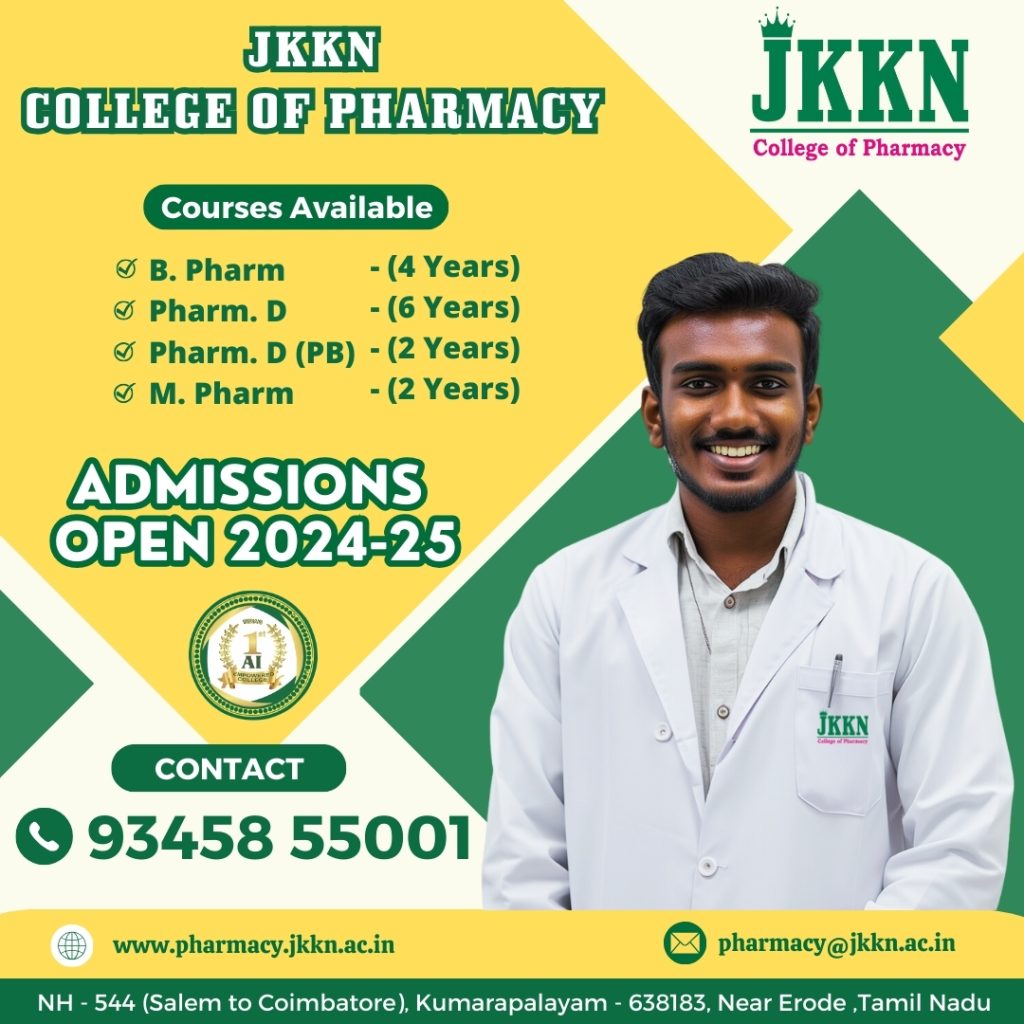I B. PHARM-I Sem
BP101T. HUMAN ANATOMY AND PHYSIOLOGY-I (Theory)
After a successful completion of the course the students will be able to
| Course outcome number | Course Outcomes | Cognitive level |
| CO1 | Recall essential terms and concepts associated with the introduction to the human body, integumentary system, skeletal system, body fluids, peripheral nervous system, special senses, and the cardiovascular system. | C1 |
| CO2 | Explain how the various organ interconnect in a system and intern in body to execute specific function | C2 |
| CO3 | Apply their understanding of anatomy and physiology knowledge for diagnosis of various diseases and demonstrating the regulations of each physiological processes. | C3 |
| CO4 | Analyze structural intricacies of different body systems with their functions and regulations | C4 |
| CO5 | Assess importance of various concepts in anatomy and physiology in a clinical context | C5 |
| CO6 | Synthesize information from various course modules such as presentations, animations and videos to create a comprehensive understanding of how the human body functions as a whole. | C6 |
Remembering (C1), Understanding (C2), Applying (C3), Analyzing (C4), Evaluating (C5) and Creating (C6)
I B. PHARM-I Sem
BP207P. HUMAN ANATOMY AND PHYSIOLOGY-I (Practical)
After a successful completion of the course the students will be able to
| Course outcome number | Course Outcomes | Cognitive level |
| CO1 | Demonstrate the ability to accurately study and use microscope for examining cells and tissues and skeletal system | P1 |
| CO2 | Perform hands-on techniques in Blood experiments and in studying cardiac parameters. | P2 |
| CO3 | Display precision in analyzing various parameters related to blood and cardiovascular system with normal values | P3 |
| CO4 |
Distinguish data collected during experiments, interpret tissue samples under a microscope, and draw conclusions from their observations. |
P4 |
| CO5 | Evaluate the importance of physiological measurements, including heart rate, pulse rate, and blood pressure, in assessing overall health and diagnosing potential medical conditions. | P5 |
| CO6 | Ability to design and conduct their own laboratory investigations, potentially exploring unique aspects of anatomy and physiology or developing novel experimental approaches. | P6 |


